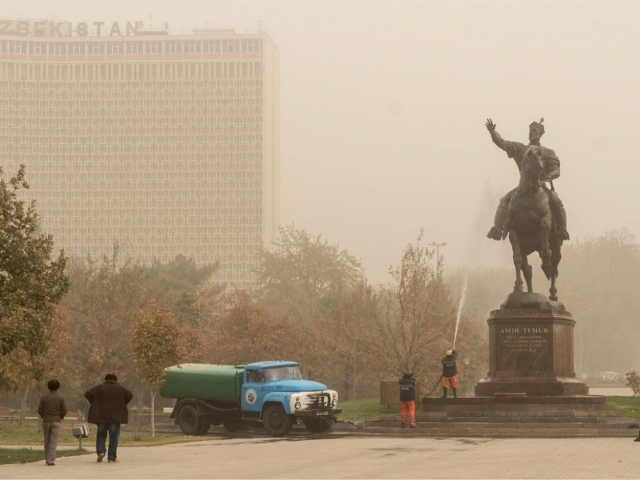Record air pollution levels were recorded in Tashkent
Local
−
03 November 2024 11135 2 minutes
Between November 2 and November 3, air pollution in Tashkent reached a record high, with toxic particle levels spiking to 780 μg/m³, according to International IQAir indicators.
This pollution level indicates hazardous air quality across the capital. Data from 32 monitoring stations showed toxic particle concentrations several times above the safe limit, with the highest reading recorded at 780 μg/m³ on November 2 at 11:30 PM near the Cake House station in Yunusabad district.
The primary pollutant, PM2.5, reached levels 93.2 times higher than the World Health Organization’s (WHO) recommended limit. IQAir classified this as extremely hazardous, advising residents to avoid outdoor exposure without protective masks. The Ministry of Ecology, Environmental Protection and Climate Change, and Uzgidromet have not yet issued statements on the current air quality or the sources of pollution.
At 10:00 AM on November 3, pollution levels measured 105 μg/m³, with PM2.5 particles recorded at 37 μg/m³—7.4 times above the WHO guideline.
Previously, Tashkent’s PM2.5 levels exceeded WHO standards by nearly 11 times, ranking it 6th globally among major cities for air pollution. While natural factors, including a dry climate and sandy soils, contribute to Tashkent’s air quality issues, the General Prosecutor's Office launched inspections across Uzbekistan on October 22 to address and assess air pollution levels.





